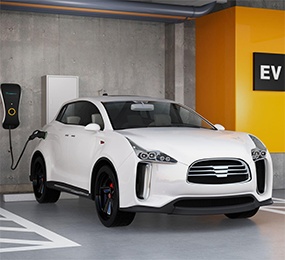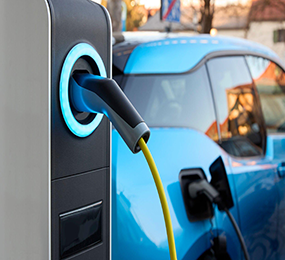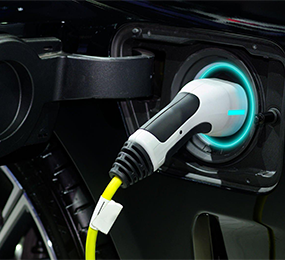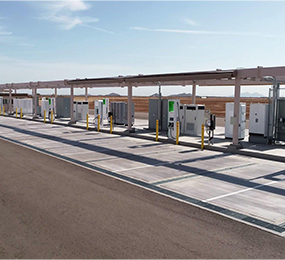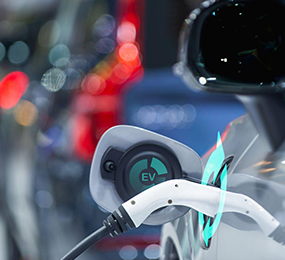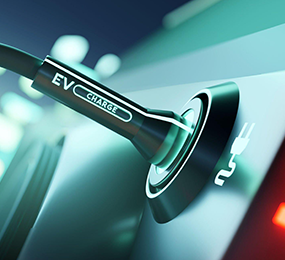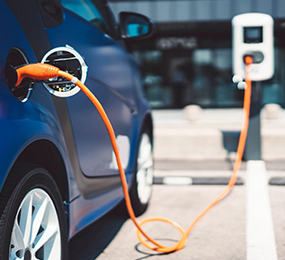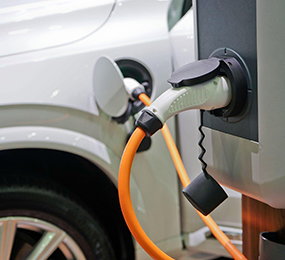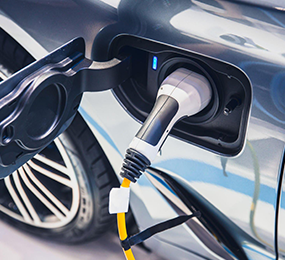Building efficient charging infrastructure for accelerating electric vehicles adoption
Issues impeding the mainstream deployment of EVs
Capital cost has always been a big consideration in EV purchasing decisions, with 63% of consumers feeling that an EV is beyond of their price range. However, with lowering battery costs and EV cost parity, attention is moving to the difficulty of scaling the essential infrastructure and raw material supply to enable EV mainstream adoption.
1. Insufficient charging infrastructure
Charging stations are more difficult to come by, typically due to high investment costs and challenging infrastructure construction. Furthermore, allowing individuals to charge where they normally park, whether at home or at work, has its own set of issues, including dealing with multi-tenant buildings, grid-connection management, and charging slot availability. As a result, there is a smaller network of functioning charging stations, which has discouraged customers from switching to EVs.
2. Grid overload danger
Power systems are already stressed due to increased demand and the problem of increasingly unreliable energy supplies. Increased EV adoption increases power demand, perhaps necessitating significant investment in grid infrastructure to satisfy this increased demand. Forecasting when and where this electricity will be required is another difficulty for utilities and power providers as they try to comprehend the quickly increasing EV industry. However, charging EVs at off-peak hours, such as late at night or early in the morning, reduces the danger of grid overload.
3. High-carbon grid profiles, which rely heavily on fossil fuels, reduce the efficacy of EVs as a means for businesses and consumers to reduce emissions. As a result, it is critical to decarbonize the grid as much as possible in order to persuade purchasers that switching to an EV is profitable and decreases carbon emissions.
4. EVs rely on a limited number of key minerals and rare earth elements. Because of the supply scarcity, producers may employ lower-quality mineral inputs, reducing battery performance.
Technological advancements can assist in mitigating these issues.
Technology will be important in allowing charging and grid infrastructure, as well as ensuring a stable supply of key minerals to facilitate mass adoption of EVs at a reasonable cost.
1. Smart and adaptable charging
Cars are generally idle 95% of the time. Smart and flexible charging technology utilizes idle power from car batteries to give additional electrical supply to the grid at times of high demand or, in other circumstances, just intelligently stops or decreases charging power. In contrast, it allows users to recharge during off-peak hours for one-third or less of the peak-hour charging price, lowering grid congestion and consumer costs during peak hours. The charging infrastructure can better anticipate abrupt peaks in electricity consumption by allowing EV owners to plan charging based on power limits, price, and priority, and to sell unused power back to the grid.
The technology also allows the grid to boost capacity, service rising demand from electric vehicles at a lesser cost to customers, minimize grid system stress, and avoid energy price spikes.
2. Smart energy management for optimal EV load management
On an integrated digital platform, energy management systems choreograph an energy system's generation assets (such as wind or solar power installations) and demand assets (such as EV chargers, heating and cooling systems, and lights).
This enables real-time asset health and performance monitoring via Internet of Things (IoT) connection and AI-driven algorithms, which in turn maximize renewable energy usage, lowering operating costs and system investments. It also enables EV and stationary storage to be co-optimized with other grid assets, offering extra grid stability services suitable with local renewable energy resources, to balance the load and assure consistent energy supply and market pricing.
3. Battery tracking, analysis, and recycling
AIoT-enabled battery monitoring and analytics for EVs and stationary storage offer predictive maintenance and usage optimization, extending battery lifespan and reducing the need for new batteries and supply chain strain. Furthermore, data can help make better judgments about whether to reuse or recycle batteries and detect defective individual cells (rather to destroying the entire battery pack), simplifying and maximizing lithium-ion battery recycling.
Visit our website to know more: https://bit.ly/3W0umUp
For more information and group participation, contact us: [email protected]
Leadvent Group - Industry Leading Events for Business Leaders!


